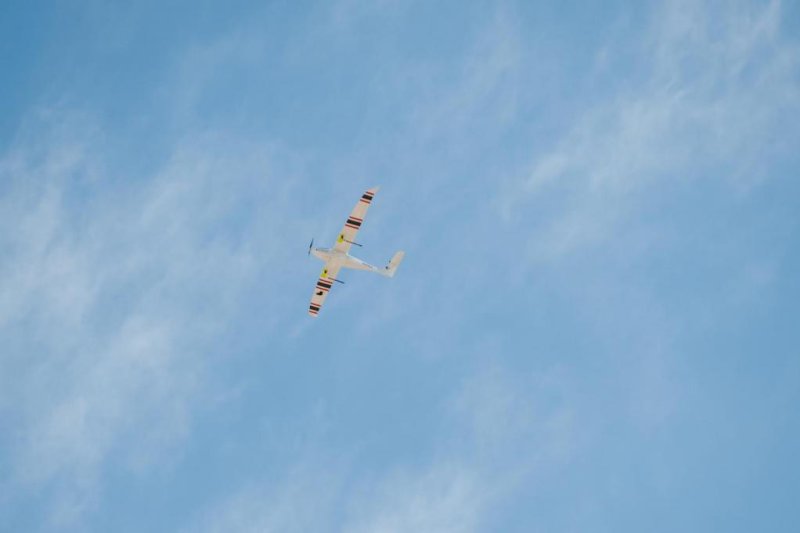RENO, Nev., May 4 (UPI) -- This week, engineers with the Desert Research Institute announced that their Drone America Savant unmanned aircraft had successfully ascended to 400 feet and deployed two silver-iodide flares.
The 18-minute test flight occurred late last week, proving -- researchers say -- that the unmanned aerial vehicle is ready for the cloud-seeding work for which it was designed.















